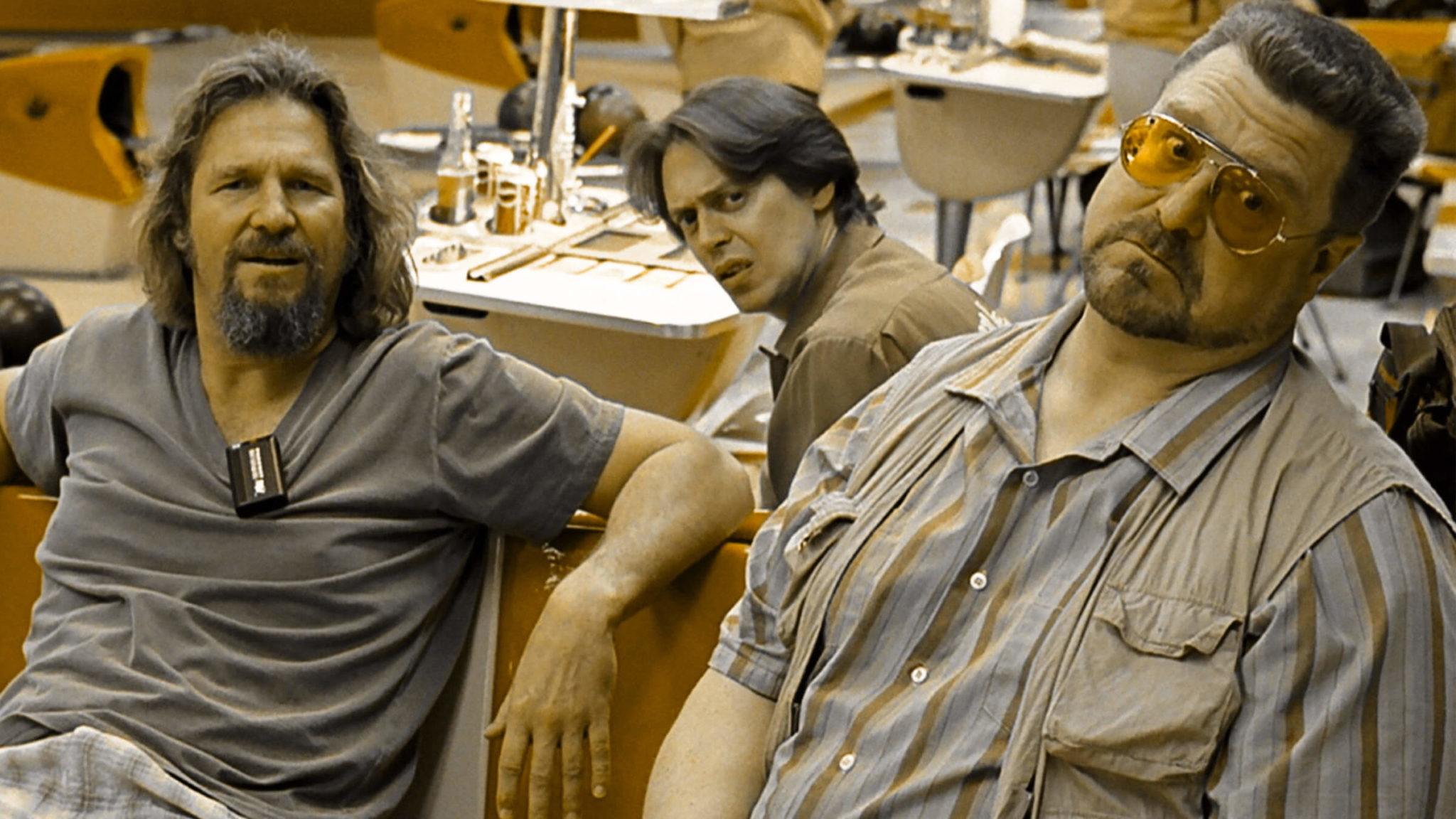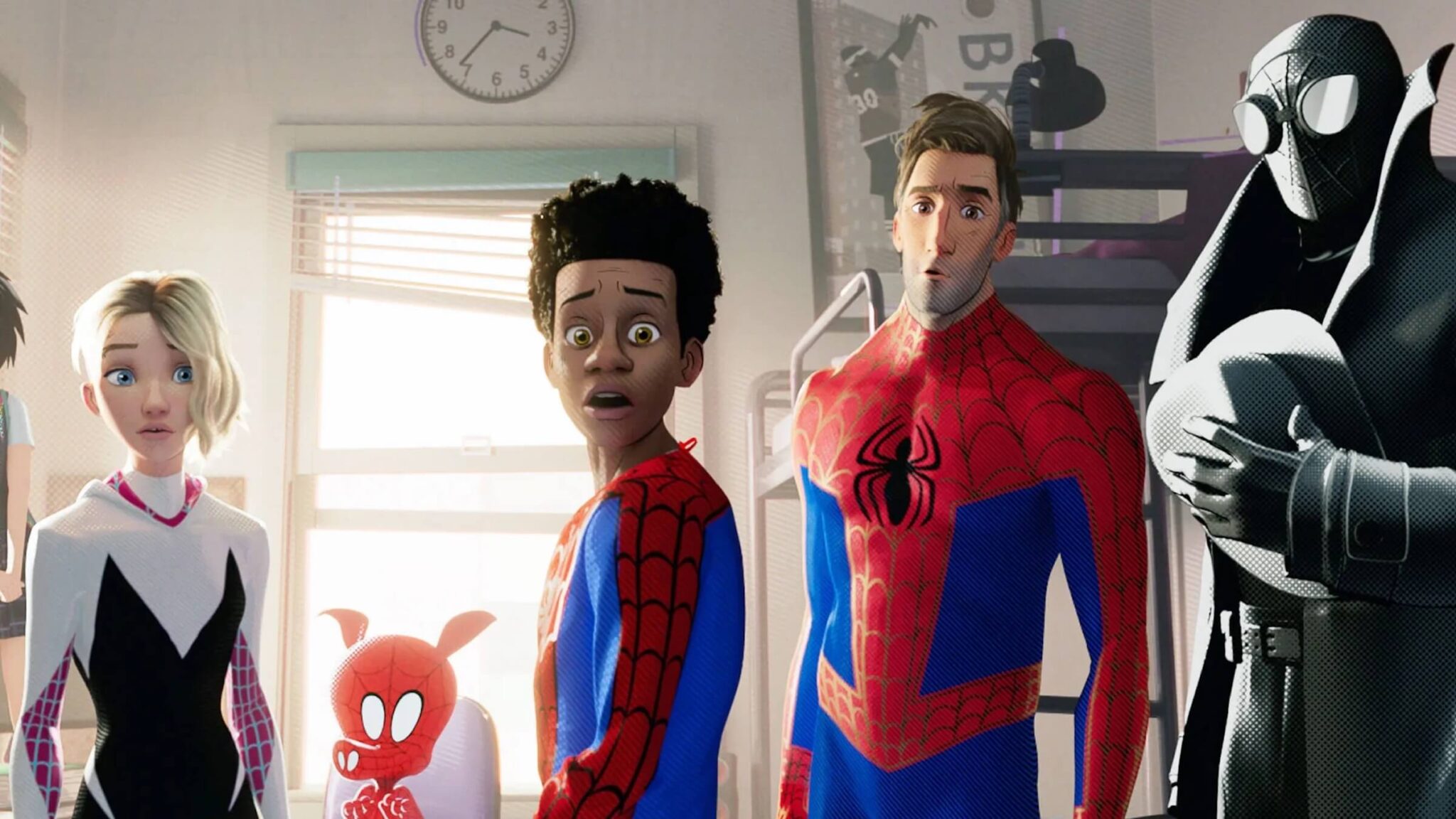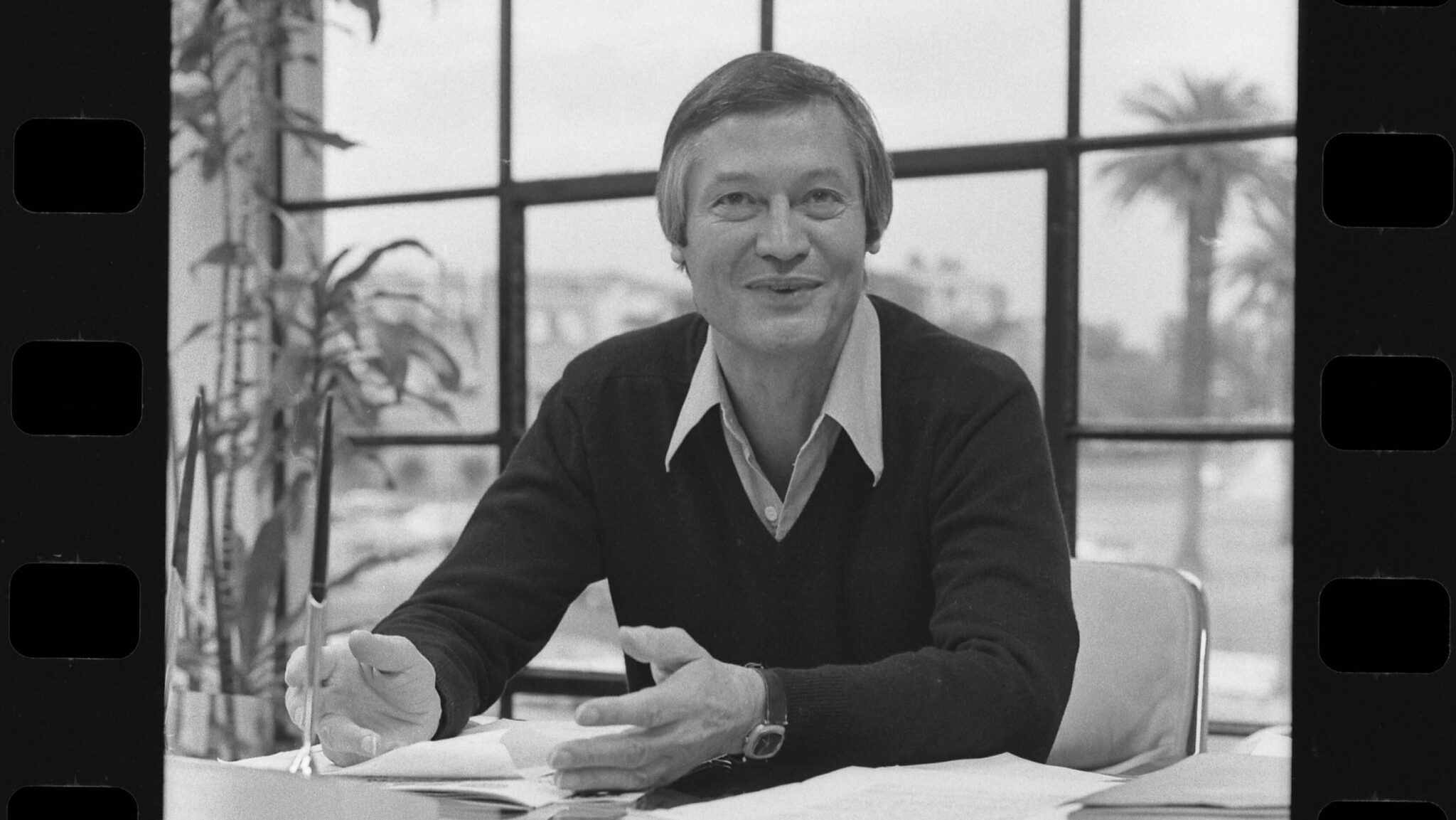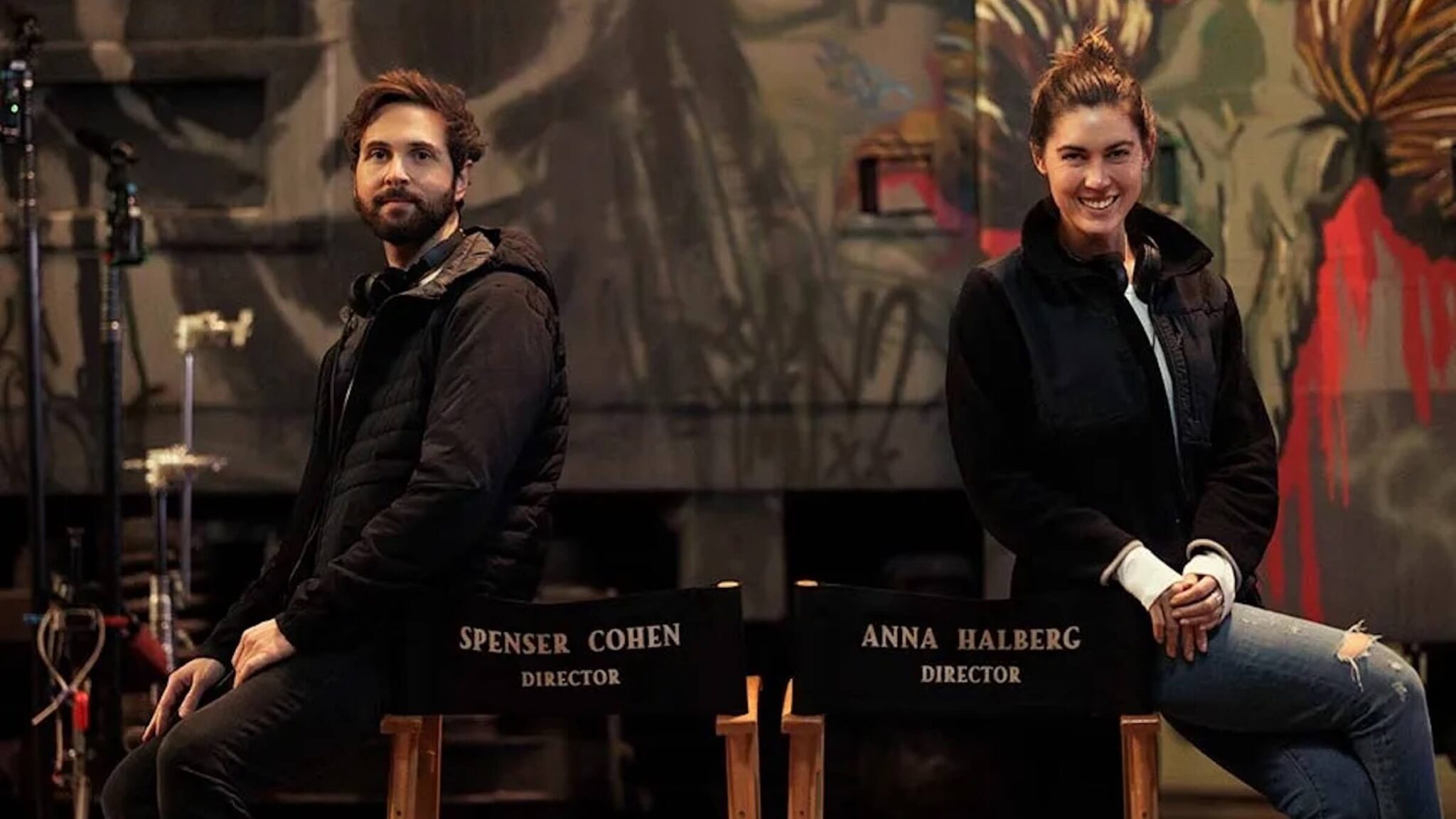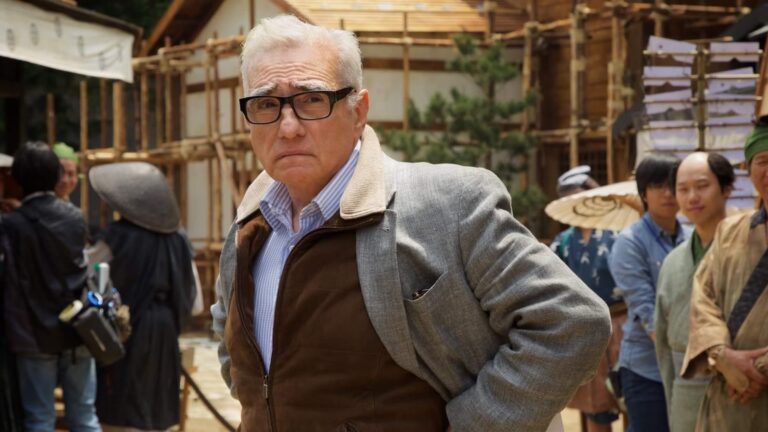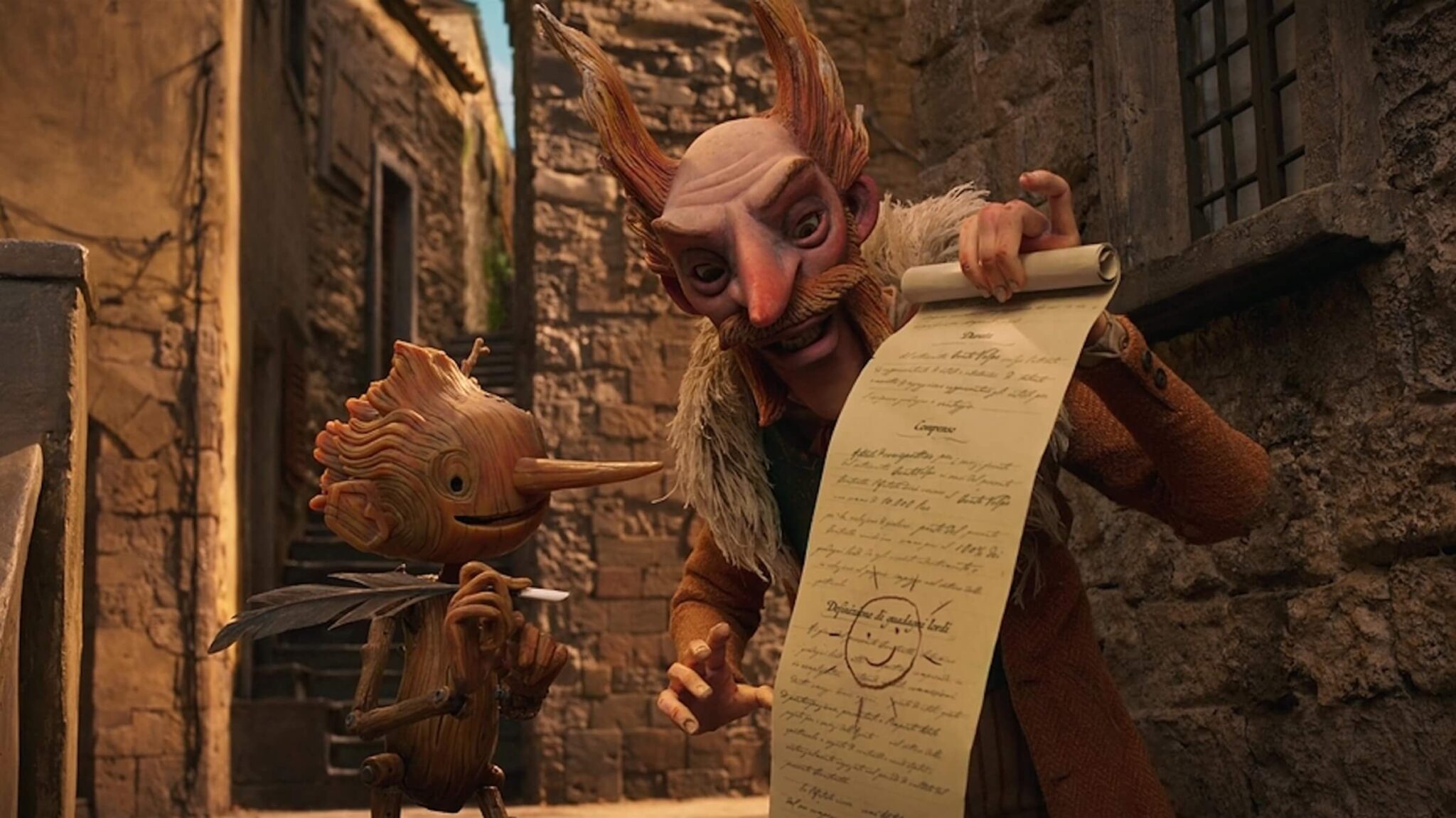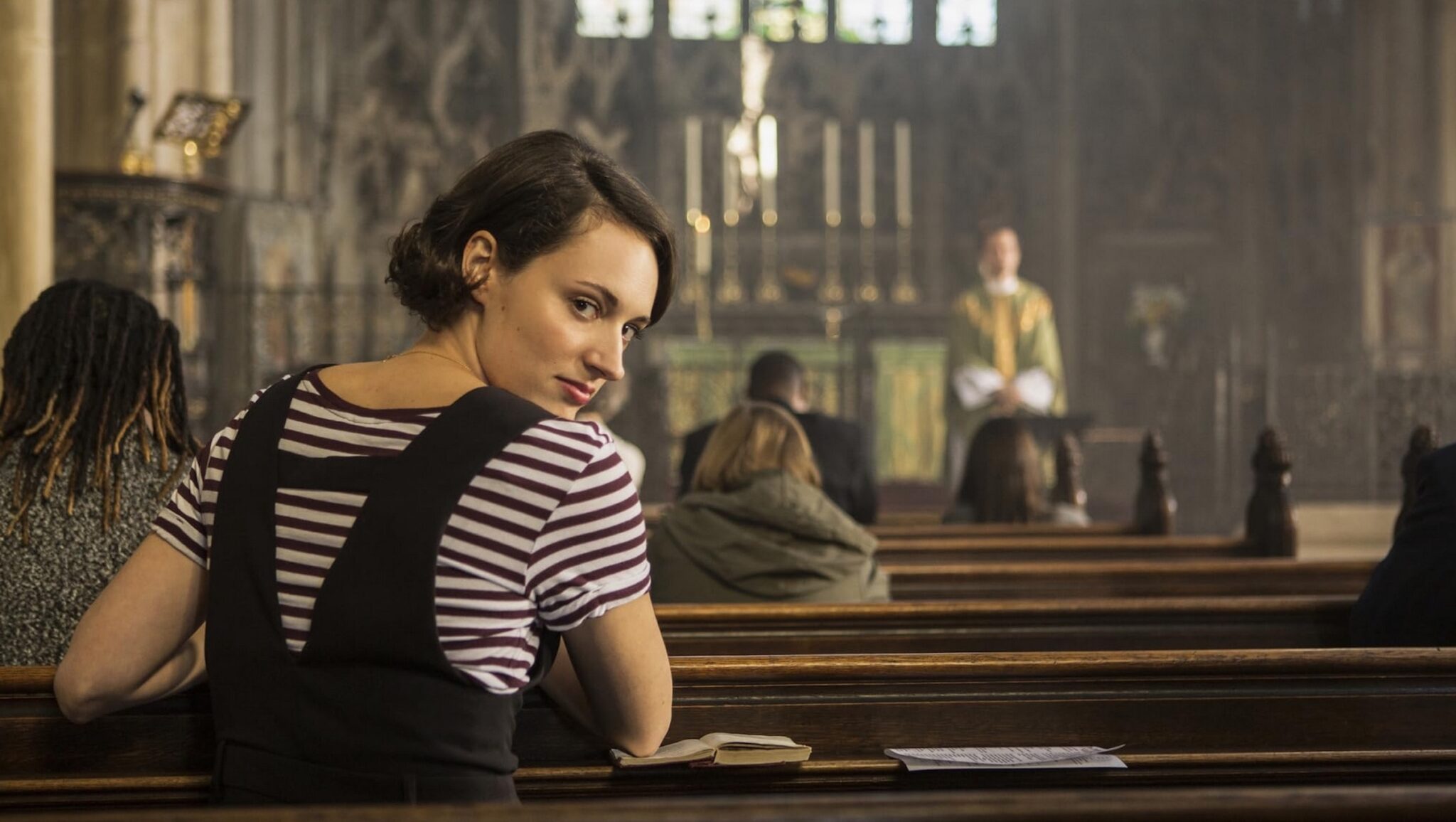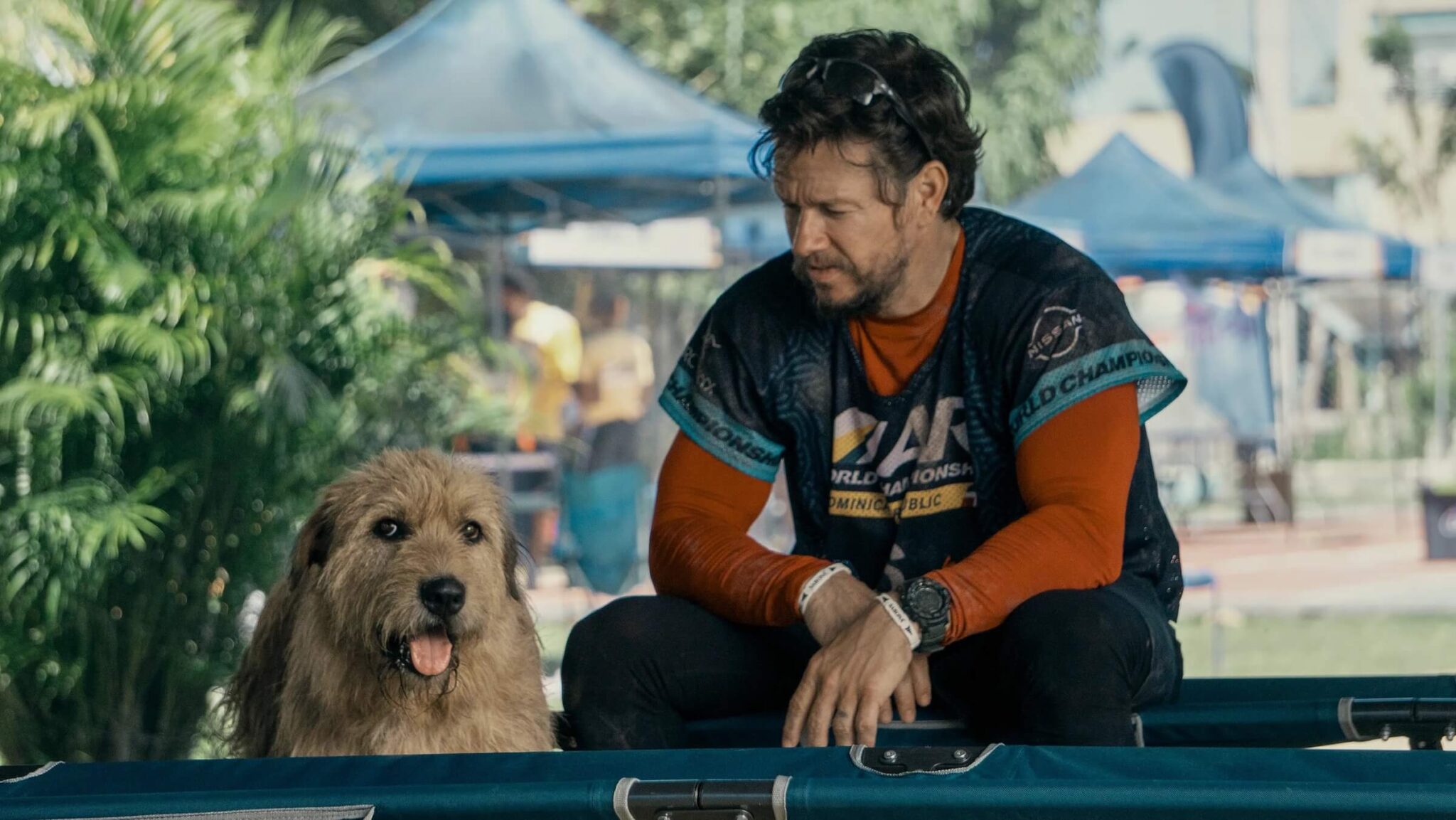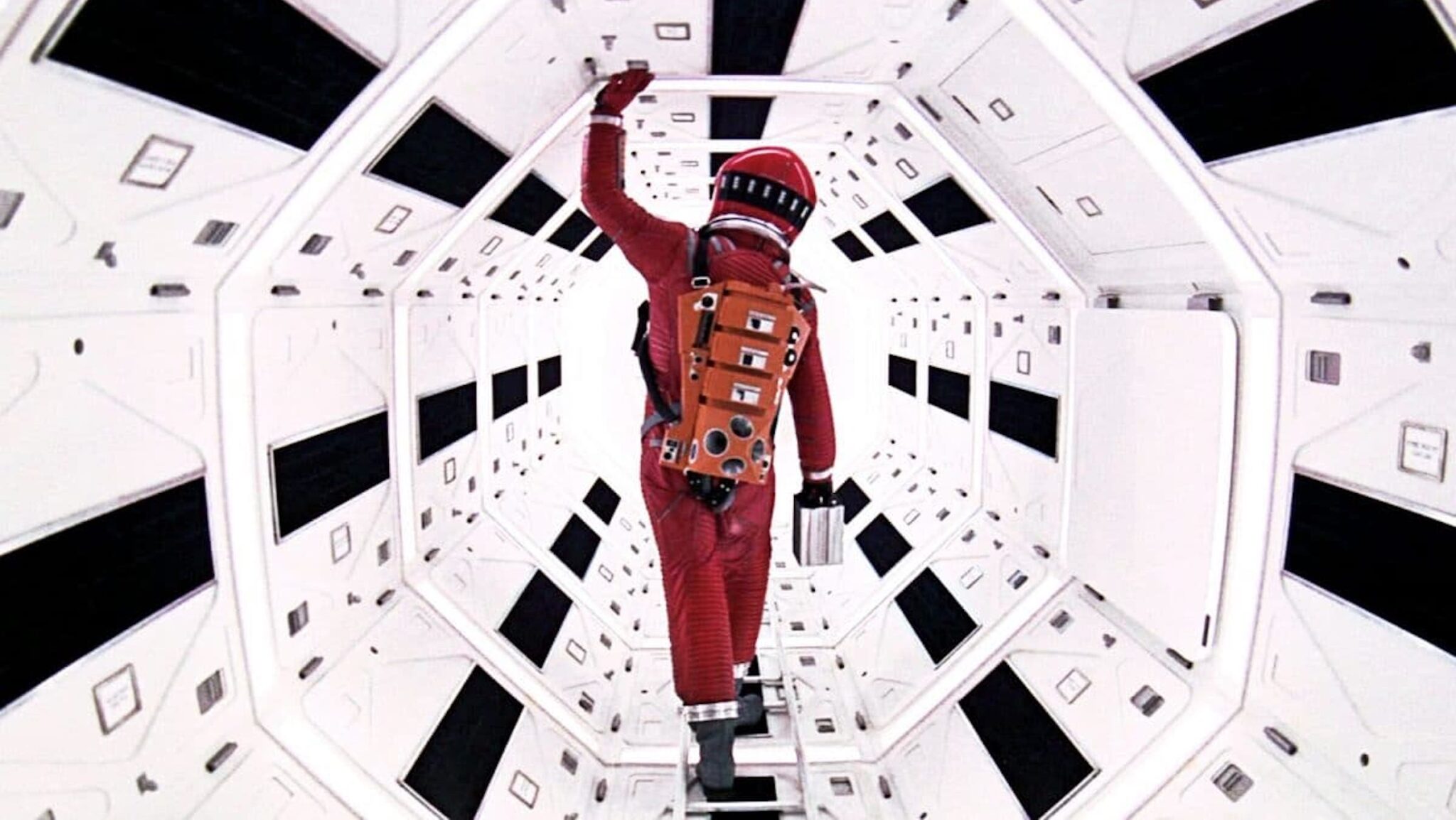3 Tricks of the Trade Screenwriters Can Learn From Directing

Director John Hess and FilmmakerIQ recently produced a Youtube video experiment that proved the importance of how a scene is blocked and how those choices can change any given scene.
They took a boilerplate police detective script and shot it five ways with five different types of blocking to demonstrate how direction and acting can really change the feel of a scene. The experiment took the exact same script and shot the scene using standard over-the-shoulder back and forth, advanced over-the-shoulder with business, a One-Take shot, Romantic Comedy blocking, and a Zucker Brothers-style comedic approach.
The differences between the differently blocked scenes — using the same exact script — were staggering. Between each version, Hess details the technical aspects of what equipment was used and what directing decisions were made, all of which are must-watch moments for any and all filmmakers.
But what is interesting is how these very technical directing and filmmaking tricks of the trade can be applied to screenwriting and how screenwriters can utilize them to handle different approaches to the scenes that they write.
Now, most screenwriters know that camera directions within a script should be kept to a minimum. In fact, they shouldn't be offered at all unless such camera directions are vital to the story. Writers write. Directors direct. Each of them should know and respect those boundaries — unless, of course, you're the next auteur like Quentin Tarantino or Paul Thomas Anderson.
Yet writers are still tasked to block scenes, just in a different way.
"Business" and Secondary Objectives
Perhaps the most defining difference between all of the scenes came when Hess utilized standard over-the-shoulder vs. advanced over-the-shoulder with business.
So what the heck is business?
Hess explains that business refers to an objective or task for the actor to do during a scene. What should the characters of a script be doing when he or she isn't delivering any dialogue?
In any given scene, characters must have an objective. They need to want something, otherwise there's very little point in them being in the scene at all. Within the context of this scene, the detective needs to deliver some bad news. The sergeant needs to utilize this information and come up with a plan. For any scene you write in your screenplays, those are the necessary ingredients. However, scenes can be enhanced by giving the characters some business to do during the dialogue exchanges. These are often called secondary objectives.
The advanced over-the-shoulder with business version offers the characters the secondary objectives of playing with a pencil to ease the nerves of delivering bad news (Detective) and searching for a missing envelope (Sergeant). These aren't grand objectives by any means, yet they are simple actions that add to the scene.
As a screenwriter, it's not your job to dictate every character movement, tick, and gesture. You need to leave some room for the actors to do their thing. However, a simple line of scene description that encompasses secondary objectives — business — can make a difference in the atmosphere and tone of the scene. It can also add some depth to the characters as well.
The detective nervously plays with a pencil as he delivers the bad news.
The sergeant continues to search for the missing envelope.
Rather than just have two characters delivering dialogue — talking head syndrome — giving them some additional business to take care of adds more to the mix.
In that scene, what's interesting is that as the sergeant is looking for the envelope, we notice that her actions match her dialogue. At first, the frustration of not being able to find what she is looking for and the frustration of the detective getting no information from the suspect matches. It's a visual that really connects action to dialogue in what would otherwise be a normal talking head scene. That element is amplified and comes to a close when she suddenly comes up with a revelation about the case, just as she manages to finally find the envelope. From a screenwriting perspective, this is layered writing that takes what would normally be a boring exposition scene and adds some style to it. Some visual flare. Hess wisely refers to these moments as visual metaphors. If you're looking to add some depth to your scripts, look no further than adding some business and secondary objectives to each and every one of your scenes.
Movement and Location, Location, Location
Hess moves onto another version of the scene with the One-Take Shot. Now, he focuses more on the technical and directorial aspects in his breakdown, however, we're going to put it within the context of screenwriting.
The One-Take Shot takes the scene out of the sergeant's office and into the main part of the building. The dialogue is delivered through movement as characters move through the set. Getting the characters out of the office creates an added element of action. It also enhances the kinetics of the dialogue, making each and every line of dialogue pop a little more.
When you compare that scene with the standard over-the-shoulder version — which we can equate to the standard static and boring talking heads scenes that script readers read from novice screenwriters every day — you will notice a drastic difference in the feeling of the scene.
Screenwriters need to embrace movement. In any great film, you'll often notice that exposition scenes are delivered in exteriors or through creative movement.
Below is an example of a scene from The Firm that showcases a moment in a script that could otherwise be set within an office, car, or some similar static location.
The scene opens at a dog race track with instant movement. Tom Cruise and Ed Harris, while not outright walking, showcase movement throughout the scene, matched with the background of the crowd and the races. Movement and location can make a huge difference in the scenes that we write, especially when tasked with delivering exposition or otherwise talking head moments.
Intimacy and Hijinks
Hess shifts the focus from the technical aspects to performance and atmosphere. Screenwriters have no control over the eventual performance of an actor, however, the character starts with the writing — actions, reactions, etc.
He directs two additional versions of the scene. One of them is the Romantic Comedy version. Here, back within the confines of her office, the sergeant clearly displays some playful and intimate actions with her hands as she touches and sometimes caresses the detective. She also closes the door and shuts the blinds, showing that she wants the moment to be private — almost romantic. Despite having the same dialogue, the scene is less Law & Order and more Pretty Woman.
The sergeants main objective has gone from coming up with a plan to romantically engaging the detective. This is a huge tonal shift. The detective's main objective has gone from delivering bad news to getting out of the situation.
While the acting performances play a large part in this, screenwriters can emulate tonal shift with their scene description.
The sergeant stands close, perhaps too close for the detective's comfort.
She playfully taps his chest and nose as he tries to back away.
Hess then directs a more Comedic version of the scene, which they refer to in the Youtube description as the Zucker Brothers-style comedic approach. As most comedy aficionados know, the Zucker Brothers are famous for the various hijinks found in their scenes.
While this version does utilize the more technical aspects of music and camera movement that screenwriters have no control over, it's really the hijinks that stand out in favor of what screenwriters can use.
As the same dialogue is being delivered, we're now in (detective) and out (sergeant) of a holding cell. The hijinks we see — again, as the exact same dialogue is being delivered — range from the detective peeing in the holding cell's toilet as prisoners look on in disgust to the prisoners subtly escaping the left open cell as the detective exits to talk with the sergeant. It's a brilliant usage of visual hijinks that changes the whole scene far from any version we had watched before.
Overall, this video from John Hess and Filmmaker IQ not only teaches directors, DPs, and camera operators the many different options that they can utilize, but it also showcases what screenwriters can take away from scene blocking.
In the end, it's all about the story and what best represents what either the screenwriter or the director is trying to communicate. Slight changes can completely reinvent any given scene. This is true for both the director and for the screenwriter.
Get Our Screenwriting Newsletter!
Get weekly writing inspiration delivered to your inbox - including industry news, popular articles, and more!











